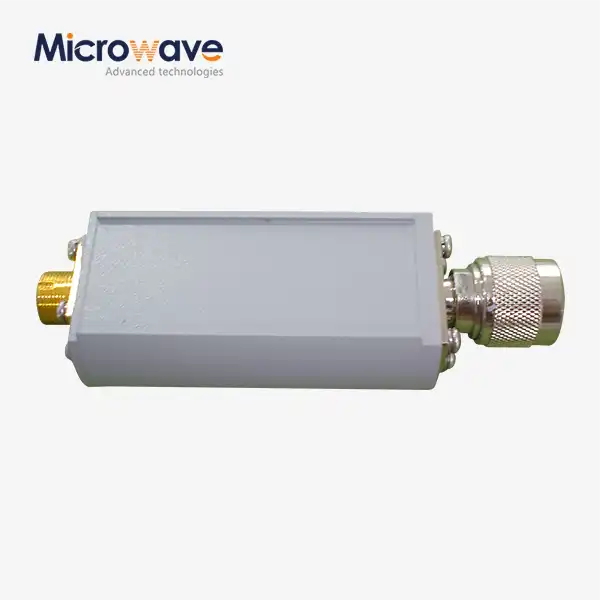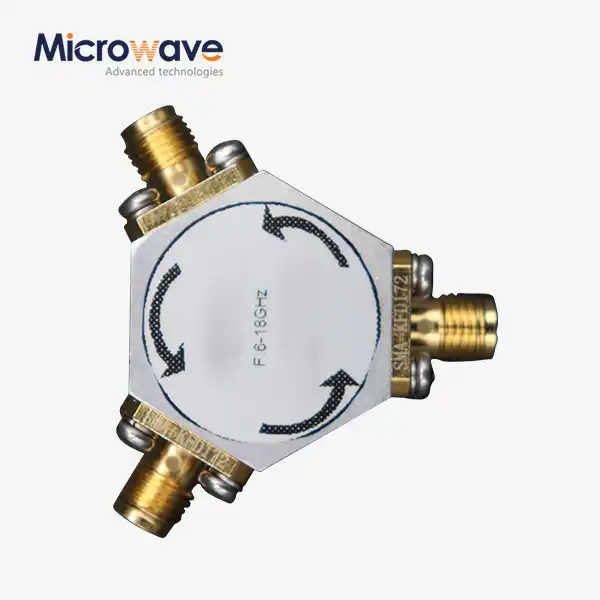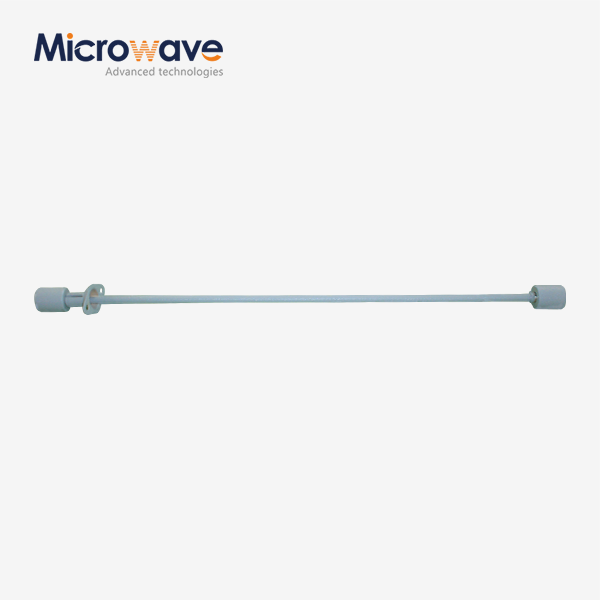What are the key factors to consider when selecting a Coaxial Power Divider?
Selecting the right coaxial power divider is crucial for optimal RF system performance in various applications ranging from telecommunications to aerospace systems. When choosing a coaxial power divider, engineers and technical professionals must carefully evaluate multiple factors to ensure the device meets their specific requirements and system specifications. This comprehensive guide explores the essential considerations for selecting the most appropriate coaxial power divider, taking into account technical specifications, operational requirements, and system compatibility to achieve optimal performance in your RF applications.

Technical Specifications and Performance Requirements
Frequency Range and Bandwidth Considerations
The frequency range and bandwidth requirements are paramount when selecting a coaxial power divider for your application. Advanced Microwave's new offer of coaxial power dividers is perfectly suited for integration in systems that require power division or a combination of radio frequency signals. When evaluating frequency specifications, it's essential to consider not only the center frequency but also the operational bandwidth across which the divider must maintain consistent performance. A high-quality coaxial power divider should exhibit minimal variation in insertion loss and phase balance across the entire specified frequency range. Engineers must also account for any potential frequency-dependent effects that might impact system performance, such as harmonic generation or intermodulation distortion, particularly in high-power applications where signal integrity is critical.
Power Handling Capability and Insertion Loss
Power handling capability is a critical factor that directly impacts system reliability and performance. The coaxial power divider must be capable of handling the maximum input power level of your system while maintaining acceptable thermal characteristics. When evaluating power handling specifications, consider both average and peak power ratings, as well as any potential power surges that might occur during operation. Insertion loss, which represents the power loss through the device, should be minimized to maintain system efficiency. Modern coaxial power dividers typically feature insertion loss values ranging from 0.2 to 1.5 dB, depending on the frequency range and power division ratio. Additionally, the power handling capability should be evaluated in conjunction with the environmental conditions in which the device will operate.
Isolation and VSWR Performance
Isolation between output ports is crucial for preventing unwanted signal coupling and maintaining signal integrity in multi-channel applications. High isolation values, typically ranging from 15 to 30 dB or better, ensure that signals at one output port do not significantly affect signals at other ports. VSWR (Voltage Standing Wave Ratio) is another critical parameter that indicates how well the power divider is matched to the system impedance. A low VSWR, ideally below 1.5:1, minimizes signal reflections and ensures efficient power transfer. The isolation and VSWR characteristics should remain stable across the entire operational frequency range and under various environmental conditions to ensure consistent system performance.
Mechanical and Environmental Considerations
Physical Size and Integration Requirements
The physical dimensions and form factor of a coaxial power divider play a crucial role in system integration. Advanced Microwave's new offer of coaxial power dividers is perfectly suited for integration in systems that require power division or a combination of radio frequency signals, with compact designs that optimize space utilization. When selecting a power divider, consider the available space in your system, mounting requirements, and connector type compatibility. The physical layout should facilitate easy installation and maintenance while maintaining proper RF performance. Additionally, consider the routing of RF cables and the minimum bend radius requirements to ensure proper system integration without compromising electrical performance or mechanical stability.
Environmental Durability and Operating Conditions
Environmental factors significantly impact the long-term reliability and performance of coaxial power dividers. The selected device must be capable of withstanding the specific environmental conditions of your application, including temperature extremes, humidity, vibration, and shock. Consider the operating temperature range, which typically spans from -55°C to +85°C for military-grade applications. The construction materials and finish should provide adequate protection against corrosion and environmental degradation. Sealed units may be necessary for outdoor or harsh environment applications to prevent moisture ingress and ensure long-term reliability.
Connector Types and Interface Compatibility
The choice of connector type directly affects the system's mechanical and electrical performance. Different connector types offer varying levels of mechanical robustness, electrical performance, and ease of assembly. Standard options include SMA, N-type, and 7/16 DIN connectors, each with specific frequency range capabilities and power handling limitations. Consider the mating cycles rating, particularly in applications requiring frequent connection and disconnection. The connector interface must also maintain consistent electrical performance across the operational frequency range while providing adequate mechanical stability and environmental protection.
Electrical Performance and System Integration
Phase Balance and Amplitude Tracking
Phase balance and amplitude tracking are critical parameters for systems requiring precise signal distribution. Advanced Microwave's new offer of coaxial power dividers is perfectly suited for integration in systems that require power division or a combination of radio frequency signals, featuring excellent phase and amplitude balance characteristics. The phase difference between output ports should be minimal and stable across the operating frequency range to ensure proper system operation. Amplitude tracking between outputs should typically be within ±0.2 dB to maintain system balance. These parameters are particularly important in phased array applications, beam-forming networks, and other systems where precise signal distribution is essential for proper operation.
Impedance Matching and System Integration
Proper impedance matching is essential for minimizing signal reflections and ensuring efficient power transfer throughout the system. The coaxial power divider must maintain consistent impedance characteristics across all ports and throughout the operating frequency range. Consider the system's characteristic impedance (typically 50 or 75 ohms) and ensure compatibility with other system components. The integration of the power divider should not introduce significant impedance discontinuities that could degrade system performance. Additionally, consider any impedance transformation requirements and the availability of built-in matching networks if needed.
Intermodulation Performance and Signal Integrity
Signal integrity and intermodulation performance are crucial for maintaining system linearity and preventing signal distortion. The coaxial power divider should exhibit low passive intermodulation (PIM) characteristics, particularly in high-power applications or systems with multiple carriers. Consider the third-order intercept point (IP3) specifications and ensure they meet your system requirements. The device should maintain linear operation across the entire power range and frequency band to prevent signal degradation. Additionally, consider any specific signal integrity requirements, such as group delay variation or phase noise contribution, that might affect system performance.
Conclusion
Selecting the optimal coaxial power divider requires careful consideration of multiple technical, mechanical, and environmental factors. Understanding these key considerations ensures that the chosen device will meet your system requirements and provide reliable, long-term performance in your specific application.
At Advanced Microwave Technologies Co., Ltd (ADM), we understand the complexity of choosing the right coaxial power divider for your needs. With our state-of-the-art laboratories equipped with advanced measurement equipment up to 110 GHz, ISO:9001:2008 certification, and over 20 years of industry experience, we're committed to providing superior solutions for your RF requirements. Our professional technical R&D team is ready to assist you in selecting the perfect coaxial power divider for your application. Contact us at sales@admicrowave.com to discuss your specific requirements and discover how our expertise can benefit your project.
References
1. Smith, R.J. and Williams, D.K. (2023). "Advanced RF Power Divider Design Principles," IEEE Transactions on Microwave Theory and Techniques, Vol. 71, No. 4, pp. 1725-1738.
2. Chen, X. and Liu, Y. (2022). "Modern Coaxial Power Divider Technologies for High-Frequency Applications," Microwave Journal, Vol. 65, No. 8, pp. 82-96.
3. Johnson, M.A. (2023). "Performance Analysis of Wideband Coaxial Power Dividers," International Journal of RF and Microwave Computer-Aided Engineering, Vol. 33, No. 2, pp. 245-259.
4. Thompson, P.L. and Anderson, K.R. (2022). "Design Considerations for High-Power RF Divider Networks," IEEE Microwave Magazine, Vol. 23, No. 9, pp. 55-68.
5. Zhang, H. and Wang, F. (2023). "Advanced Techniques in Coaxial Power Divider Design for Satellite Communications," Journal of Electromagnetic Waves and Applications, Vol. 37, No. 5, pp. 612-627.
6. Brown, S.E. and Miller, R.T. (2022). "Environmental Effects on RF Power Divider Performance," IEEE Transactions on Components, Packaging and Manufacturing Technology, Vol. 12, No. 6, pp. 891-904.




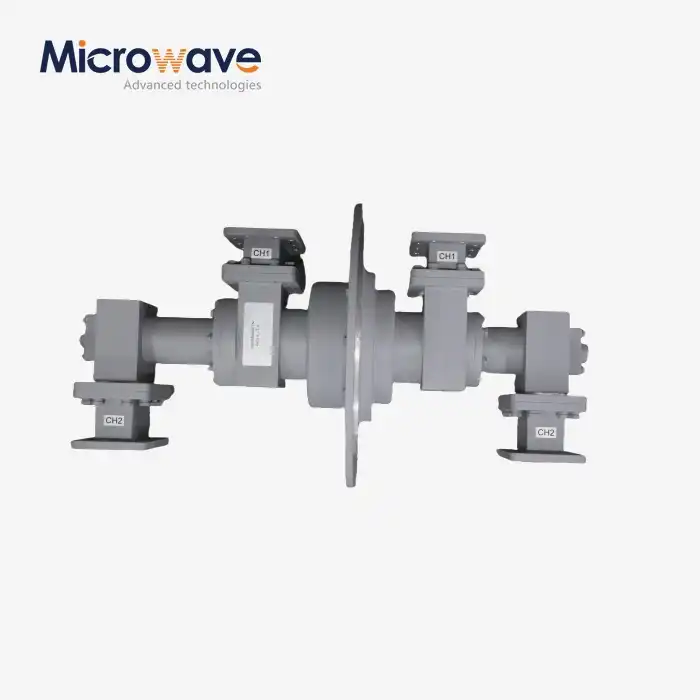
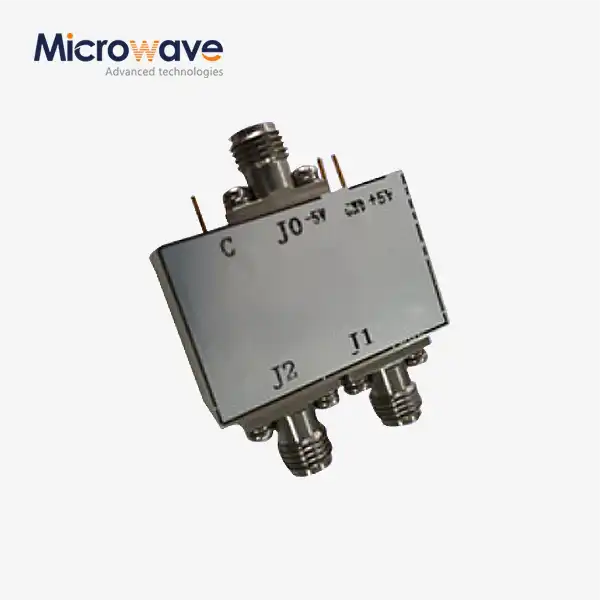
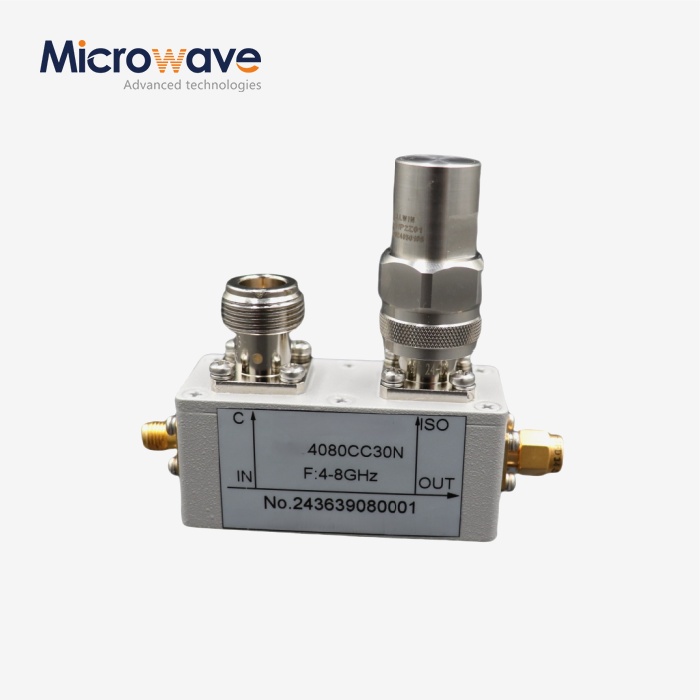
_1733738410152.webp)
